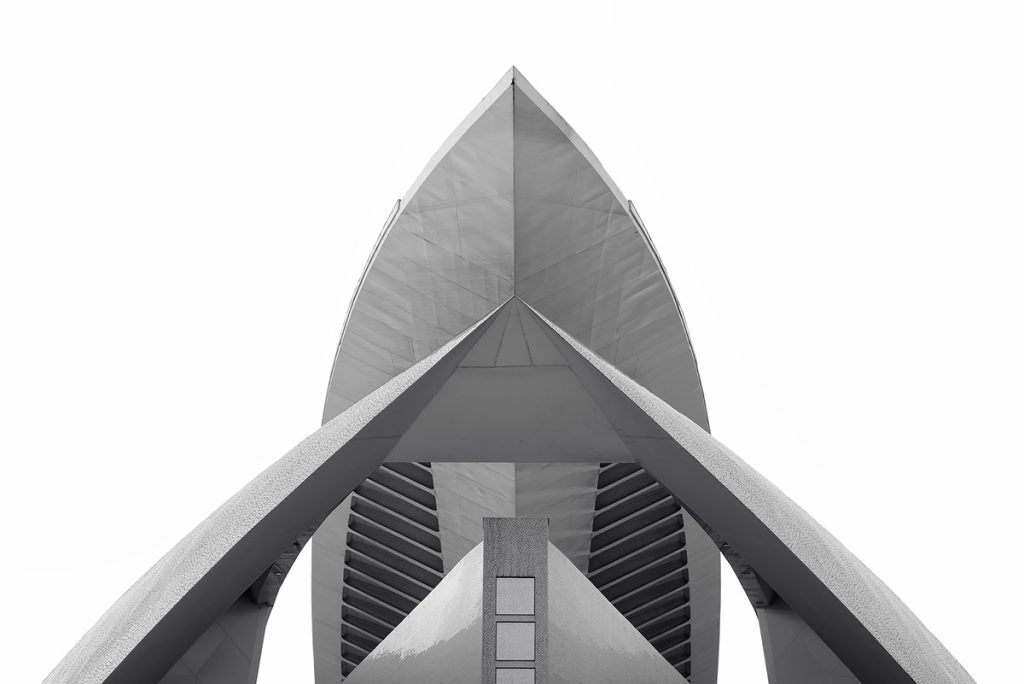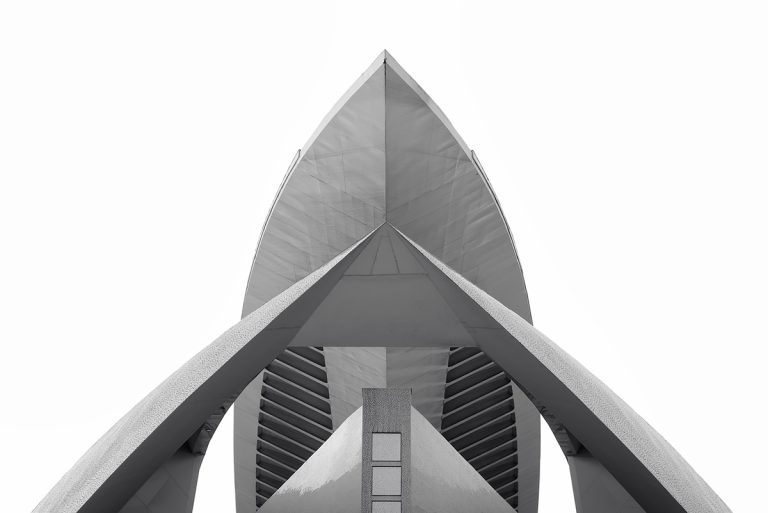Doug Caplan, born in 1965 in Montreal, Quebec, Canada, has always regarded photography as a meeting point between observation and creation. His fascination began as a teenager when his parents handed him a black-and-white Polaroid instant camera. The tactile pleasure of winding film, the smell of chemicals, and the soft click of the shutter left a memory that never faded. Yet, photography remained a quiet companion rather than a calling for many years. It wasn’t until the early 1990s, after getting married, that Caplan rediscovered his connection to the camera. This return brought with it a new depth—an ability to merge nostalgia for the tactile world of film with the clean precision of digital tools. Today, his photographs speak a language that balances structure and emotion, past and present, silence and intent.
Seeing Through Structure

Caplan’s work resists superficial beauty. His focus lies in form—geometry, balance, and rhythm. To him, architecture is not merely an achievement of engineering but an act of human imagination made visible. Each frame he captures is deliberate, composed with a measured eye for symmetry and calm. His use of black and white sharpens perception, drawing attention to contrast rather than distraction. Every shadow and reflection feels essential, every crack and curve like a sentence in a larger visual conversation. His photographs encourage stillness and looking deeper—to see how structure, tension, and space interact as one.
The Living Architecture

Among his most memorable subjects is the Palau de les Arts Reina Sofía in Valencia, Spain. Caplan photographs it not as a landmark, but as a living form. From below, the building becomes sculptural, almost organic—the curves evoke wings, the spine suggests motion. Through his lens, a piece of architecture transforms into a being, a gesture frozen mid-flight. This sensitivity turns his architectural studies into meditations on creation itself. He reinterprets what we think we know about form, turning utility into expression and design into metaphor. His images reveal that human construction and nature’s patterns are never far apart.
Minimalism and Space
Caplan’s aesthetic leans toward minimalism. He clears away distraction, giving form the freedom to breathe. Color rarely enters his compositions; instead, he allows tone, texture, and negative space to define his vision. His photographs are often bathed in light—white backgrounds isolating the subject as if suspended in time. This choice introduces an almost spiritual quiet. What might have been emptiness becomes openness. The simplicity of his frames recalls the spirit of photographers such as Lucien Hervé and Ezra Stoller, yet his sensibility is distinctly contemporary. The discipline of digital precision meets the patience of analog craft—a conversation between eras.
Sculpting With Light
For Caplan, light isn’t a tool; it’s material. He treats illumination as an element that carves and reshapes the structure. In his photographs, light becomes a participant, softening concrete, revealing delicate textures, and sometimes dissolving edges altogether. This dialogue between light and form defines much of his work. He understands that photography’s power lies not in capturing what exists, but in revealing how it exists. Through careful control of exposure, he transforms industrial materials into something almost weightless, bridging realism and abstraction in a single frame.
The Quiet Pulse of Geometry
Though deeply architectural, Caplan’s images never feel cold. Beneath the order and precision lies emotion—subtle, thoughtful, reflective. His upward-facing angles suggest aspiration and humility at once, reminding us of both the grandeur of human ambition and the fragility of our place within it. His photographs invite reflection: how design mirrors belief, how space holds meaning. In the calm tension of his compositions, one senses a meditative rhythm—a geometry that carries feeling.
Enduring Clarity
Doug Caplan’s photography lives at the intersection of timeless craftsmanship and modern vision. He listens to his subjects as much as he frames them, treating buildings not as static objects but as conversations in form. Every image he produces invites us to slow down, to look closer, to find poetry in precision. Through his lens, architecture becomes more than construction—it becomes philosophy made visible.
Caplan doesn’t just record what stands before him. He reveals the thought embedded in every curve and line, reminding us that to truly see is to understand how stillness, balance, and light can shape meaning. In his hands, the camera is not just a device—it’s an instrument of perception.

